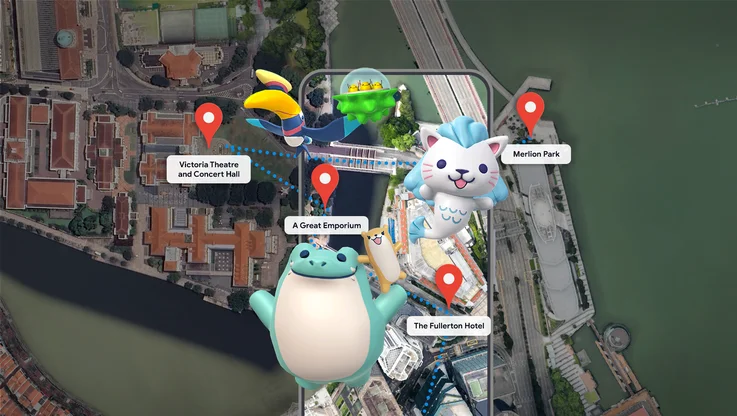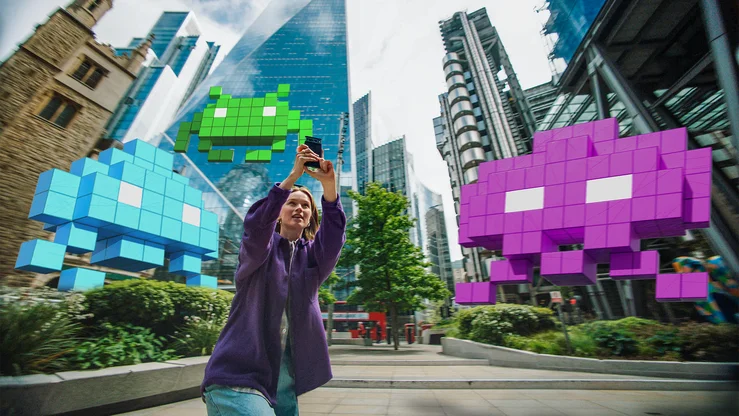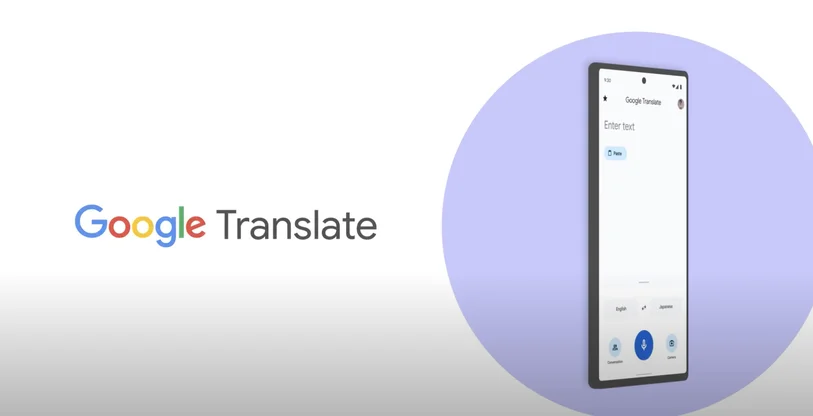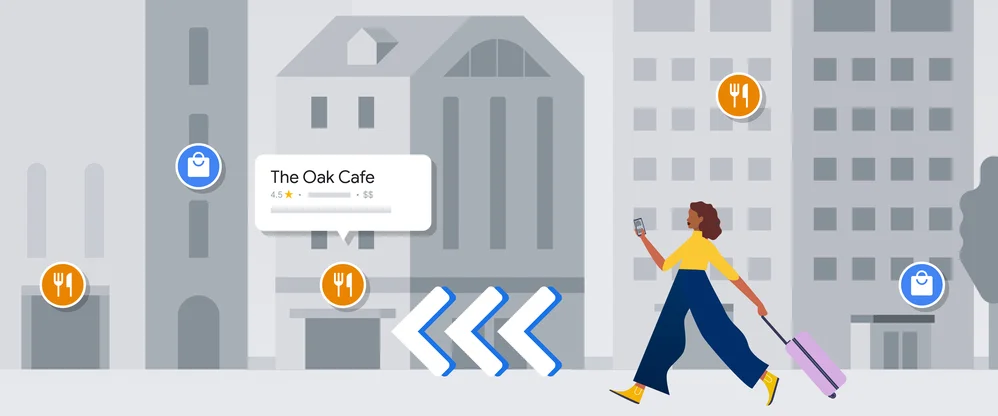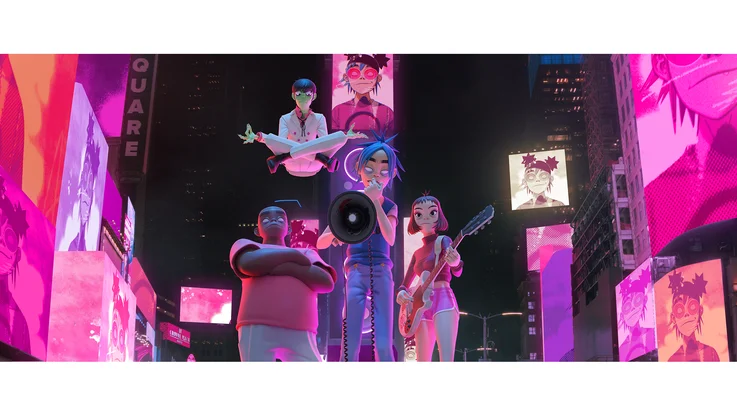Daydream Labs: VR plays well with others
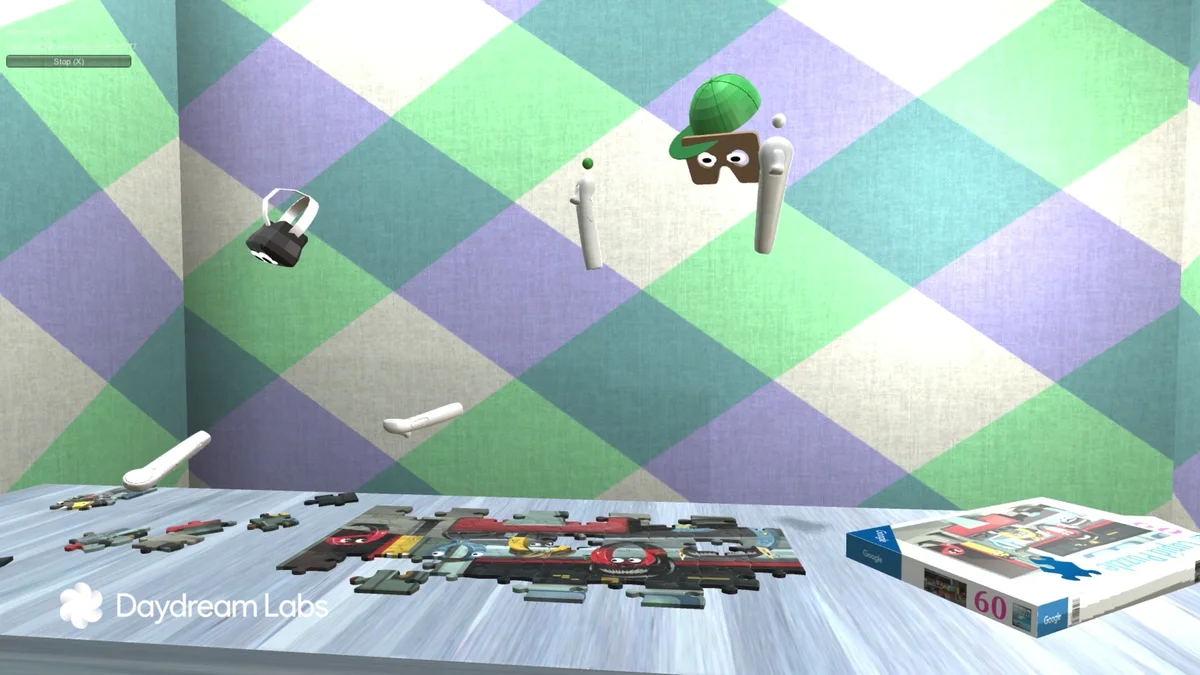
At Daydream Labs, we pair engineers with designers to rapidly prototype virtual reality concepts, and we’ve already started to share our learnings with the VR community. This week, we focus on social. In many of our experiments, we’ve found that being in VR with others amplifies and improves experiences in VR, as long as you take a few things into account. Here’s what we’ve learned so far:
Simplicity can be powerful: Avatars (or the virtual representations of people in VR) can be simplified to just a floating head with googly eyes and still convey a surprising degree of emotion, intent, and number of social cues. Eyes give people a location to look to and speak towards, but they also increase face-to-face communication by making even basic avatars feel more human. When we combine this with hands and a spatially-located voice, it comes together to create a sense of shared presence.
Connecting the real and the virtual: Even when someone is alone in VR, you can make them feel connected. For example, you can continue to carry a conversation even if you’re not in VR with them. Your voice can serve as a subtle reminder that they’re spanning two spaces—the real and the virtual. This asymmetric experience can be a fun way to help ground party games where one player is in VR but other players aren’t, like with charades or Pictionary.
But when someone else joins that virtual world with them, we’ve seen time and time again that the real world melts away. For most multiplayer activities, this is ideal because it makes the experience incredibly engaging.
Join the party: When you first start a VR experience with others, it can be tough to know where to begin. After all, it’s easier to join a party than to start one! Create shared goals for multi-player experiences. When you give people something to play with together, it can help them break the ice, allow them to make friends, and have more fun in VR.
You think you know somebody: Lastly, people who know each other offline immediately notice stature or differences in a person’s height in VR. We can re-calibrate environments to play with height and scale values to build a VR world where everyone appears to be the same height. Or we can adjust display settings to make each person feel like they’re the tallest person in the room. Height is such a powerful social cue in the real world and we can tune these settings in VR to nudge people into having more friendly, prosocial interactions.
If you’d like to learn more about Daydream Labs and what we’ve learned so far, check out our recent Lessons Learned from VR Prototyping talk at Google I/O.


